-
Agano Party’s David Mwaure forgot his history, but fared much better with his estimate of income tax. He however then tied himself in knots on foreign debt.
-
Deputy President William Ruto of the United Democratic Alliance party was right about the cost of living and national debt.
-
But he came a cropper on fuel taxes, youth unemployment and the number of accounts that creditors have blacklisted, among other claims.
Only two of Kenya’s four presidential candidates faced debate moderators, with only days to the country’s much-anticipated 9 August general election.
Deputy president William Ruto and David Waihiga Mwaure defended their public record and sought to explain their agenda should they be voted in.
Former prime minister Raila Odinga was a no-show, having refused to share a platform with Ruto.
Ruto and Odinga are the perceived frontrunners, according to opinion polls. Lawyer George Luchiri Wajackoyah in turn walked out, having felt slighted at having to go before the pair in a separate debate.
The organisers still proceeded to grill Ruto and Mwaure separately. Did the two candidates get their facts straight?
(Note: You can read our ‘battle of the deputies’ fact-check of the running mates debates here.)
Waihiga David Mwaure
Asked why he believed he would win the presidency despite having failed with a 2017 bid to become the senator of Lamu county, Waihiga turned to former US president Abraham Lincoln for inspiration.
“One of the persons I have followed much is Abraham Lincoln. And if I remember my history right, it was during his 13th attempt – before that he had won some legislative positions – that he became the president of the United States,” he said. 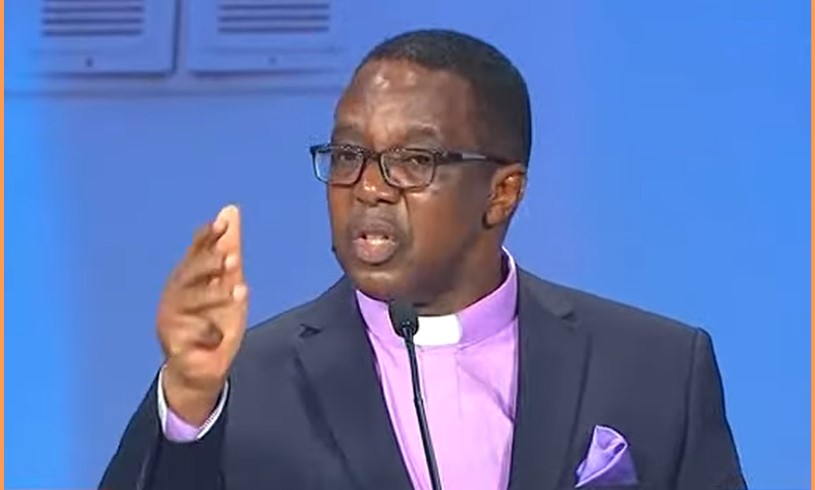
We checked with the Library of Congress and found Lincoln won the US presidency on his first attempt.
A timeline of his life shows that before this, he vied nine times for lower seats, winning five times, and losing on four occasions.
Another timeline shows he lost his first attempt for a local legislative seat in 1832, but was elected four consecutive times to the Illinois general assembly. He was also elected once to the US house of representatives in 1846. He lost two bids for the US senate in 1855 and 1858 before becoming president in 1860. —Alphonce Shiundu
PAYE, or “pay as you earn”, is an income tax deducted from salaries. Waihiga promised to cut this by half should he win the presidency. This, he said, would put KSh230 billion (about US$1.9 billion) in the pockets of Kenyan citizens.
Does Kenya’s tax man collect that much as PAYE tax?
On 7 July 2022, the Kenya Revenue Authority announced it had collected KSh461.8 billion as pay as you earn tax during the 2020/21 financial year.
Despite being slightly off by KSh1.8 billion, Waihiga was on the money with this one. –Tess Wandia
Waihiga said that Kenya’s foreign debt was at KSh1.3 billion.
External debt is the total public and private debt that a country owes foreign creditors, experts have told Africa Check. It covers bilateral debt, multilateral debt and commercial debt.
In its most recent economic review published in May 2022, Kenya’s treasury said public debt was KSh8.4 trillion as of 31 March 2022, or $73.5 billion at current exchange rates.
Data for the full 2021/22 financial year, which ended 30 June, is yet to be published.
Of this KSh8.4 trillion, the total debt from external sources was Ksh4.2 trillion or $36.6 billion. Of this, KSh1.17 trillion was bilateral debt, and KSh1.82 trillion was multilateral.
Waihiga’s estimate is grossly incorrect. —Dancan Bwire
William Ruto
The deputy president said “five million young people are not working”.
Kenya’s constitution defines the youth as those aged between 18 to 34. 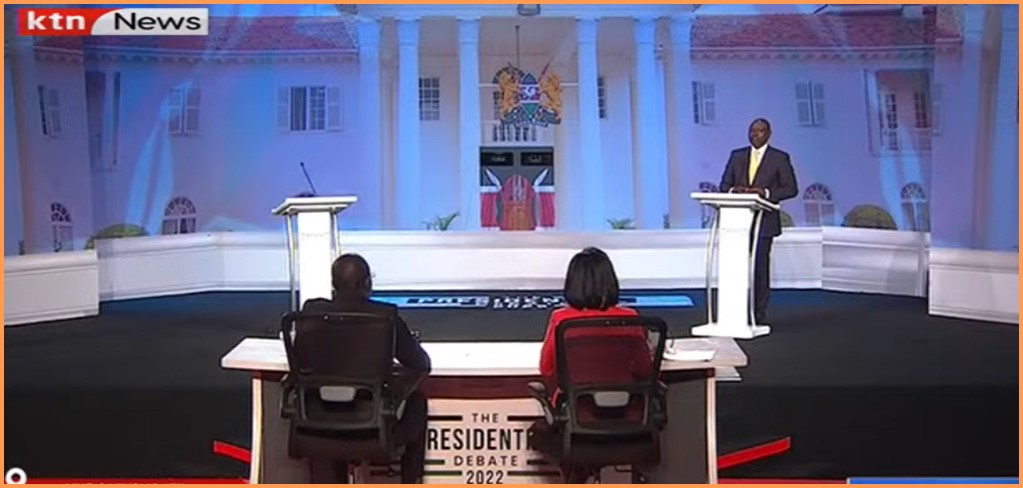
The statistics office collects data on unemployment. Its most recent labour force report, published in May 2021, covers the first three months of that year.
The report shows a total working-age population – those aged 15 to 64 - of 28 million people.
There were about 11 million young people in the potential labour force, that is those willing and able to work. This figure includes those with and without jobs, and both available and unavailable job seekers.
Of these, 9 million were employed. This leaves about 1.9 million without jobs. Only 959,889 were listed as unemployed because they had sought work and missed out.
The report also showed that three million young people aged 15 to 34 “were not in the education system and were not working or being trained for work”.
Ruto’s campaign recently sent us this table from the national statistics office showing that 5.1 million people were unemployed and underemployed. The table was published in 2018, with data from the 2015/16 integrated household budget survey.
But the figure is for all Kenyans without jobs, not just young people. Those aged 15 to 34 then were about 3.5 million.
The most recent publicly available data does not support Ruto’s claim that five million young people have no jobs. —Dancan Bwire
“We have 15 million Kenyans who today are blacklisted in CRB,” Ruto said. “CRB” stands for Credit Reference Bureaus. These are organisations that keep a record of borrower’s loan history.
Ruto’s campaign recently told Africa Check that the figure of 14 million came from a February 2021 article in Kenya’s Business Daily newspaper. This was after his number two, Rigathi Gachagua, claimed a figure of 14 million during the running mates debates.
The central bank of Kenya has licensed three CRB firms: Metropol CRB, CreditInfo CRB,and Transunion Kenya CRB.
The article in question cited Metropol data as showing that “the number of loans accounts in arrears for more than 90 days had jumped to 14,035,718 by January this year”.
However, local television station KTN News debunked the claim. The station interviewed Sam Omukoko, Metropol’s group managing director, who said the 14 million figure was the number of blacklisted accounts, not people.
“On average when you check through the bureau of records, Kenyans have an average of about five accounts, borrowing from banks, MFIs [and] saccos,” Omukoko said in the 16 February 2022 interview.
MFIs refers to microfinance institutions, while saccos are savings and credit societies.
“So you may find an account in the bank is in default but an account in the sacco is performing well or an MFI is performing well. So, that is the kind of thing that we are talking about. It was not about the number of people who have defaulted and been listed in the credit reference bureaus ,” Omukoko said.
He said the “average default figure” was three million, but did not specify if this referred to accounts or people.
Africa Check has contacted Omukoko for clarification. In the meantime we rate Ruto’s claim as incorrect. - Grace Gichuhi
Ruto argued that an increase in food costs was the primary driver of the country’s high cost of living.
Every ten years the Kenya national data agency publishes a report on the well-being of Kenyans. The most recent was published in March 2018.
It showed that from an average monthly expenditure of KSh7,311, Kenyans spent KSh4,239 on food. This works out to 54.3%.
The rest is spent on non food items such as education, health, water, fuel, communication, entertainment and rent.
The statistics bureau told Africa Check this was still the official figure.
We therefore rate the claim mostly correct. —Tess Wandia
Ruto talked up his record as agriculture minister under president Mwai Kibaki.
“I am the minister who assembled the infrastructure that provided the subsidy on fertiliser, and we saw an increase of five million bags of maize when we rolled that plan,” he said.
Ruto was appointed agriculture minister in April 2008. A programme to subsidise the cost of fertiliser and seeds was already underway, having been launched in 2007. In February 2009, Ruto was presented with proposals to make fertiliser subsidies more effective. Kibaki announced subsidised fertiliser in March 2009 during Ruto’s tenure.
A year later, Ruto was transferred from the ministry.
But did maize production jump by five million bags during his two-year stint?
Data on maize production is found in the national statistics office’s flagship annual economic survey.
|
Maize production in Kenya from 2007 to 2011 |
||
|
Year |
No. of 90Kg bags |
Change in production |
|
2007 |
32,500,000 |
|
|
2008 |
26,300,00 |
-6,200,000 |
|
2009 |
27,100,000 |
800,000 |
|
2010 |
35,800,000 |
8,700,000 |
|
2011 |
34,400,000 |
-1,400,000 |
Source: KNBS annual economic surveys 2011 and 2014
During Ruto’s first year in office, production increased by 800,000 bags. Between 2009 and 2010, it increased by 8.7 million bags.
Ruto is right that there was an increase during his tenure, but he understated the number by 3.7 million bags.
We therefore rate this understated - he missed the chance to claim even more gains. –Alphonce Shiundu
Kenya’s energy and petroleum regulator gives the maximum pump prices for petroleum products. These are enforced on the 15th of every month.
Ruto said that “almost 50%” of the cost of fuel is attributable to taxes.
The most recent pricing order was published on 14 July 2022. The breakdown of fuel prices, including taxes and levies are shown in the table below.
|
Breakdown of Kenya fuel pricing components (14 July 2022) |
||
|
Summary |
Super (KSh/litre) |
Diesel (KSh/litre) |
|
Products costs |
125.98 |
122.28 |
|
Distribution and storage costs |
3.6 |
3.19 |
|
Margins |
0.00 |
0.00 |
|
Price stabilisation deficit |
(34.52) |
(37.36) |
|
Taxes and levies |
64.06 |
51.89 |
|
Applicable prices |
159.12 |
140.00 |
|
Taxes and levies as share of the total price |
40.3% |
37% |
Source: Energy Petroleum Regulatory Authority
The data shows taxes and levies account for between 37% and 40.3% of the total cost. We therefore rate the claim incorrect. –Tess Wandia
Ruto claimed there are 15 different taxes on fuel.
In its most recent pricing directive, the energy regulator listed nine taxes and levies, and not 15.
These are:
- Excise duty
- Road maintenance levy
- Petroleum development levy
- Petroleum regulatory levy
- Railway development levy
- Anti-adulteration levy
- Merchant shipping levy
- Import declaration fee
- Value-added tax (VAT)
We rate the claim incorrect. – Tess Wandia
Ruto claimed that during their first term, from 2013 to 2017, the Jubilee coalition administration which he was part of borrowed KSh2.2 trillion.
We checked the public debt register and the annual debt reports that the treasury regularly submits to the national assembly.
President Mwai Kibaki left office on 9 April 2013. Kenya's total public debt was then KSh1.89 trillion. The data shows that by the end of the 2016/17 financial year this had grown to KSh4.41 trillion.
To triangulate this, the public debt register shows that by the end of the 2016/17 financial year public debt was KSh 4.19 trillion. (Note: Kenya’s financial year runs from 1 July to 30 June.)
Kenya’s central bank also publishes monthly debt data. From April 2013 to August 2017, the government borrowed KSh 2.56 trillion.
|
Kenya public debt from 2013 to 2017 |
||
|
Financial year |
Debt at end of the financial year |
Increase in public debt (KSh trillion) |
|
2012/13 |
1.89 |
|
|
2013/14 |
2.42 |
0.53 |
|
2014/15 |
2.84 |
0.42 |
|
2015/16 |
3.61 |
0.77 |
|
2016/17 |
4.41 |
0.80 |
|
Total |
2.52 |
Source: Annual debt reports from 2014/15 and 2019/20
The available data shows the Jubilee administration borrowed between KSh2.52 trillion and KSh2.56 trillion during Ruto’s first term as deputy president .
We rate the claim as mostly correct. –Makinia Juma
Seeking to distance himself from recent borrowing, Ruto then said that “...from 2017 our handshake brothers have borrowed KSh 4.2 trillion.”
The handshake truce between president Uhuru Kenyatta and opposition leader Raila Odinga happened in 2018. Prior to this the two had been political foes.
Data from the national treasury for the 2019/20 financial year shows that by the end of 2017 debt was KSh4.41 trillion. By June 2021 it had swelled to KSh7.7 trillion.
Public debt register data shows that by the end of the 2016/17 financial year public debt was KSh4.20 trillion. The available information covers June 2021, when debt was KSh7.55 trillion.
In its most recent quarterly economic and budgetary review report, published in May 2022, the treasury gave public debt as KSh8.4 trillion. Data for the full 2021/22 financial year, which ended 30 June, is yet to be published.
Kenya’s central bank data shows that by August 2017, the public debt was at KSh4.4 trillion, before growing to KSh8.2 trillion in December 2021.
On 19 July the International Monetary Fund published a report on the state of the Kenyan economy. This put public debt at the end of the 2021/22 financial year at KSh9 trillion.
Using all these sources of data, borrowing by the Jubilee government from 2017 to June 2022 - and of which Ruto was part of - adds up to at least KSh4.6 trillion.
We rate this claim as mostly correct. —Makinia Juma
In its most recent quarterly economic and budget review published in May 2022, Kenya’s treasury said public debt was KSh8.4 trillion (or $73.5 billion at the prevailing exchange rate) as of 31 March 2022.
Data for the full 2021/22 financial year, which ended 30 June, is yet to be published.
Of the KSh8.4 trillion, the data showed total debt from domestic sources was KSh4.19 trillion. The balance was marked as external debt.
This is 49.9% of the total debt. Rounded off it comes to 50% - and not 80%.
We rate Ruto’s claim as incorrect. – Dancan Bwire


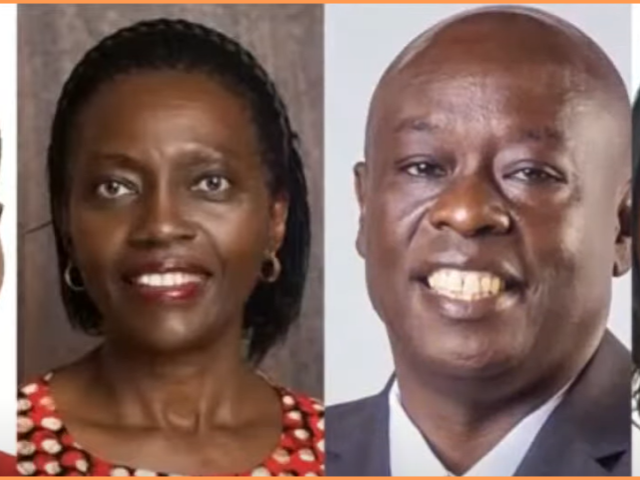
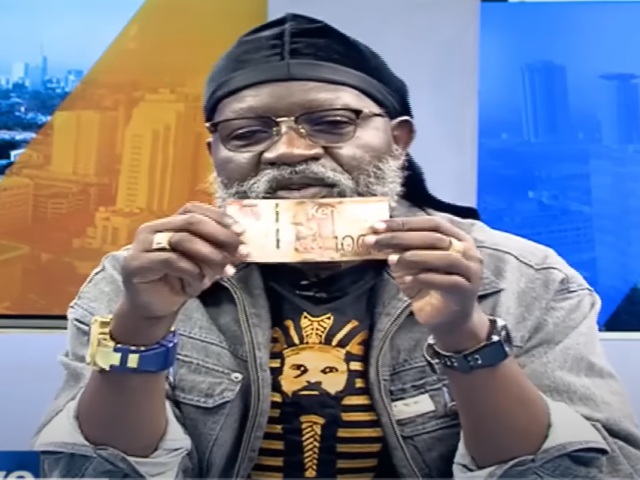
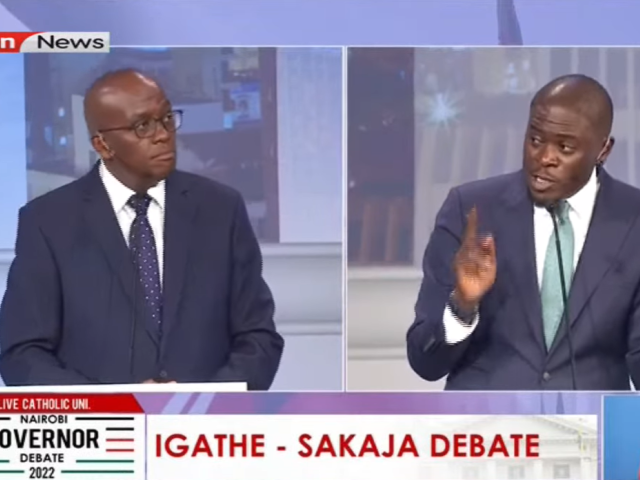
Add new comment